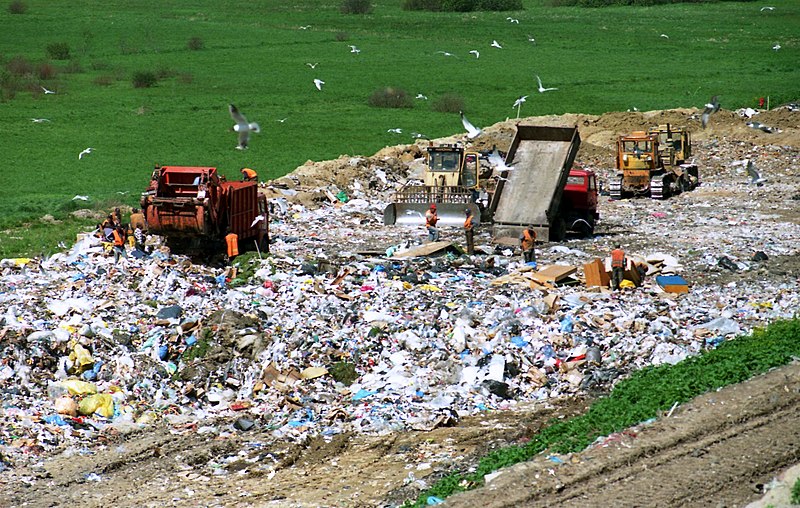Landfills are basically gigantic rubbish bins (trash cans) that we have created to temporarily fix our waste problems. While vital in preventing contamination between our waste products and the surrounding environment, landfills are not designed to break down our waste, simply bury it. This is not a sustainable practice and leaves a very obvious human footprint on our planet.
When we think of landfills the first thing that probably comes to mind is plastics. This is reasonable as plastics make up around 13.5% of waste disposed of in landfills and are a huge issue for another blog. However, as shown in the diagram below, paper is actually the main contributor to landfills at a ridiculous 40%!
Contents of Landfills How we dispose of waste


Figure 1. Whats in our trash (EPA, 1992) Figure 2. Where does our trash go? (EPA, 1992)
Okay, but landfills aren’t used that much right? Wrong. As we can see in the diagram above 73% of our waste goes into landfills, and just 13% is recycled. In a recent survey, only half of landfill site owners believe they will still be open in 10 years (the rest will have reached capacity and close). We are producing more each year, and paper is the number one contributor to this short term solution.

Figure 3. Wysypisko odpadów w Łubnej/Landfill in Lubna (Cezary, 1999)
Cutting down on paper may help reduce the strain on landfills and instead of opening more, we can look towards more renewable waste disposal.